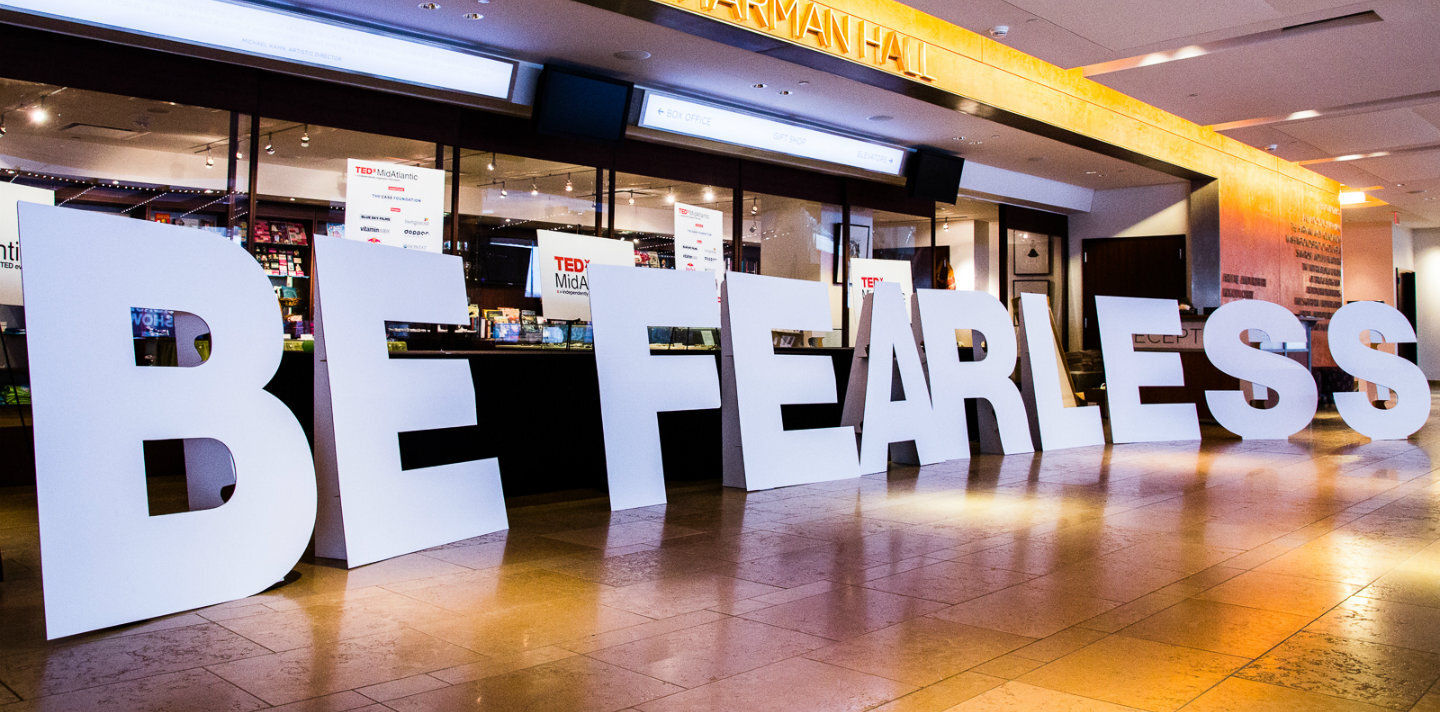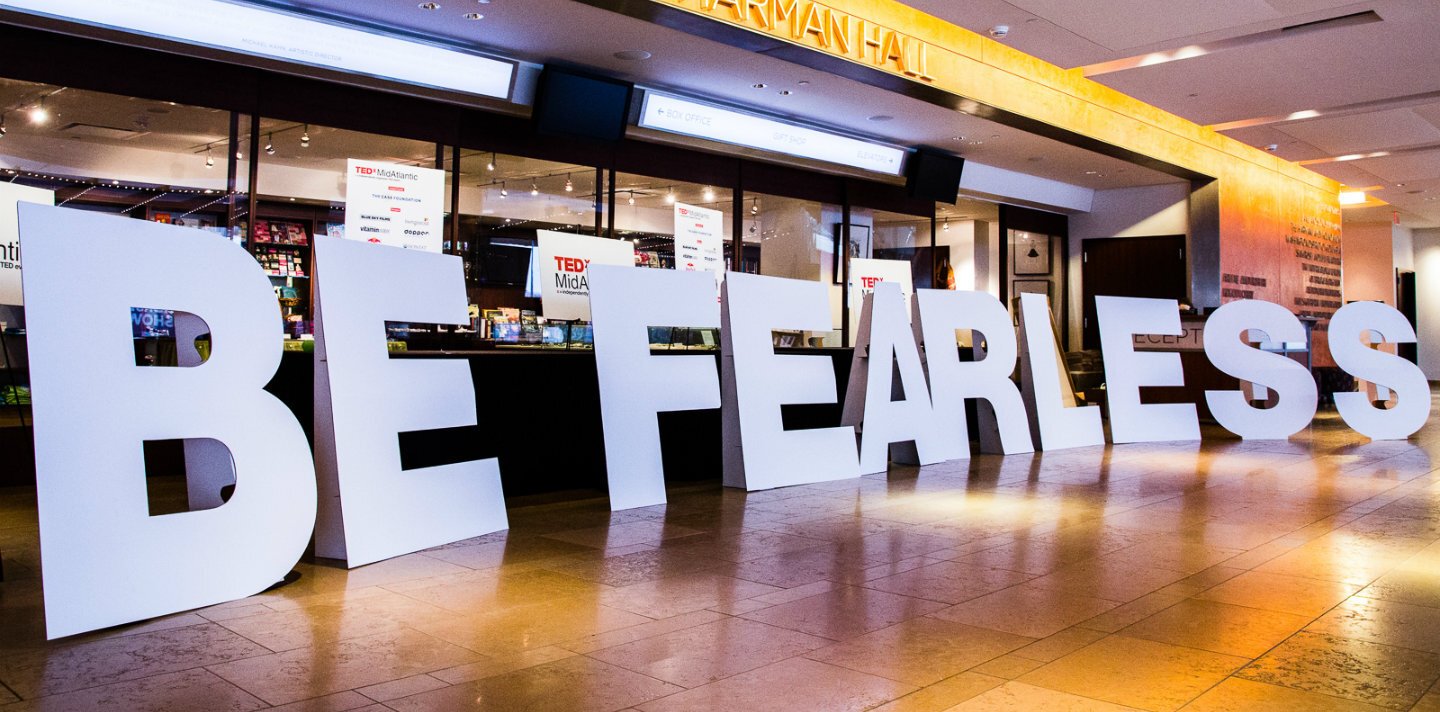How One Foundation Used #ProjectDiane to Build Their Inclusive Innovation Strategy

Founded in 1997 by tech pioneers Steve and Jean Case, the Case Foundation invests in people and ideas that can change the world.
The foundation first learned about DID through the #ProjectDiane report released in 2016. The Foundation found the report through an online article, and that’s also when they learned about DID. Sarah Koch, Vice President of Social Innovation at the Case Foundation, said it made her and her team think, “Okay! Who is this amazing group that is both doing entrepreneurial services and putting up data reports?” The Foundation’s first opening into the world of DID led them to get to know Founder and CEO, Kathryn Finney.
A Data-Driven Strategy
The Case Foundation has always focused on entrepreneurship and how it can create opportunity and innovation, but in the past few years, the Foundation has started developing its inclusive entrepreneurship initiative.
Koch said, “We are always looking at how to make sure everyone has a chance at entrepreneurship. What we found is a lot of very specific issues that were holding back women and people of color. We decided to get explicit in the ways we are supporting them. If we actually looked up and made sure they are part of the process, look at all the ways the community can benefit! We can bring forward innovation that is really changing the way our society functions”.
Sarah and her team started by looking at different types of data and reports. A lot of the statistics they considered were about the growth of entrepreneurship—how entrepreneurs create new jobs and are the “bedrock of our economy” and more. But her team also found data, some of which came from the #ProjectDiane report, showing a bleak picture of how venture capital flows: less than 10 percent of venture-backed companies have a woman founder, less than 3 percent have a woman CEO. For African Americans, that figure is less than 2 percent, and for African American women, it is 0.2 percent.
The Case Foundation then looked into performance data related to diversity. They referred to studies from the Harvard Business Review demonstrating that corporations with diverse teams outperform their peer companies and a Fortune magazine article showing that female-led start-ups are outperforming the S&P 500. Sarah also said they started seeing investment firms looking at their data and realizing their diverse founders or diverse teams were making them more money, and yet there wasn’t a significant change in the way investors were behaving.
This is one of the reasons #ProjectDiane was so important. The foundation explained, “There was a huge, huge change in how people perceive entrepreneurship in communities of color from the first report to now, because it put numbers to what people felt, to those who were in denial about what was happening”. The Case Foundation came to see all of this data as an opportunity, especially to show investors the great pipeline of diverse entrepreneurs.
From the foundation’s perspective, while these data points validated why we were here, she feels there are still important gaps, and collecting more data is essential for the future of inclusive entrepreneurship. Koch explained, “I think that what we struggle with is that we can baseline where things were at [in 2015 and 2016], but if we aren’t following up on those studies, it’s hard to tell if the movement is moving. To me, one of the biggest things that could happen in the next year is to get a greater commitment from people who hold the data, to convince them of the value of reporting on that”.
Partner and Thought Leader
#ProjectDiane has played an important role in the development of inclusive entrepreneurship, specifically in the Case Foundation’s strategy. Beyond data, though, the foundation highlighted a few other ways that DID has been a partner and a thought leader.
They explained that working with partners like DID is helpful because markets change rapidly, and entrepreneurs on the ground experience them so personally. They added, “Kathryn gets a good sense of that through the entrepreneurs, and we get a chance to meet them. That’s been really huge”.
The Case Foundation has also involved the BIG Incubator founders in different speaking engagements and panels and on the Faces of Founders platform. A core part of the Foundation’s inclusive entrepreneurship strategy is to change cultural perceptions of entrepreneurship by showcasing the efforts of incredible entrepreneurs who are growing businesses.
Conclusion
Koch pointed out that a couple of years ago, she had trouble naming even a handful of groups specifically serving people of color, but she has seen incredible growth in the number and scale of organizations working with scalable entrepreneurship in communities of color. Sarah said, “DID is very much at the forefront of that leadership by saying, ‘Here is the problem, here’s what we are doing about it, and here are the partners and people who are doing this well.’ There is a certain amount of leading the charge, partly because it’s the first and partly because Kathryn is an incredible spokesperson for this issue”.
The foundation finished, “DID’s thought leadership through #ProjectDiane helps to validate why we’re all here. Increasing investment in groups like DID and the entrepreneurs it supports is so vital”.

